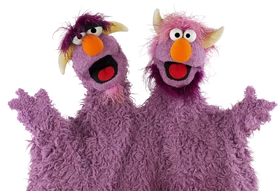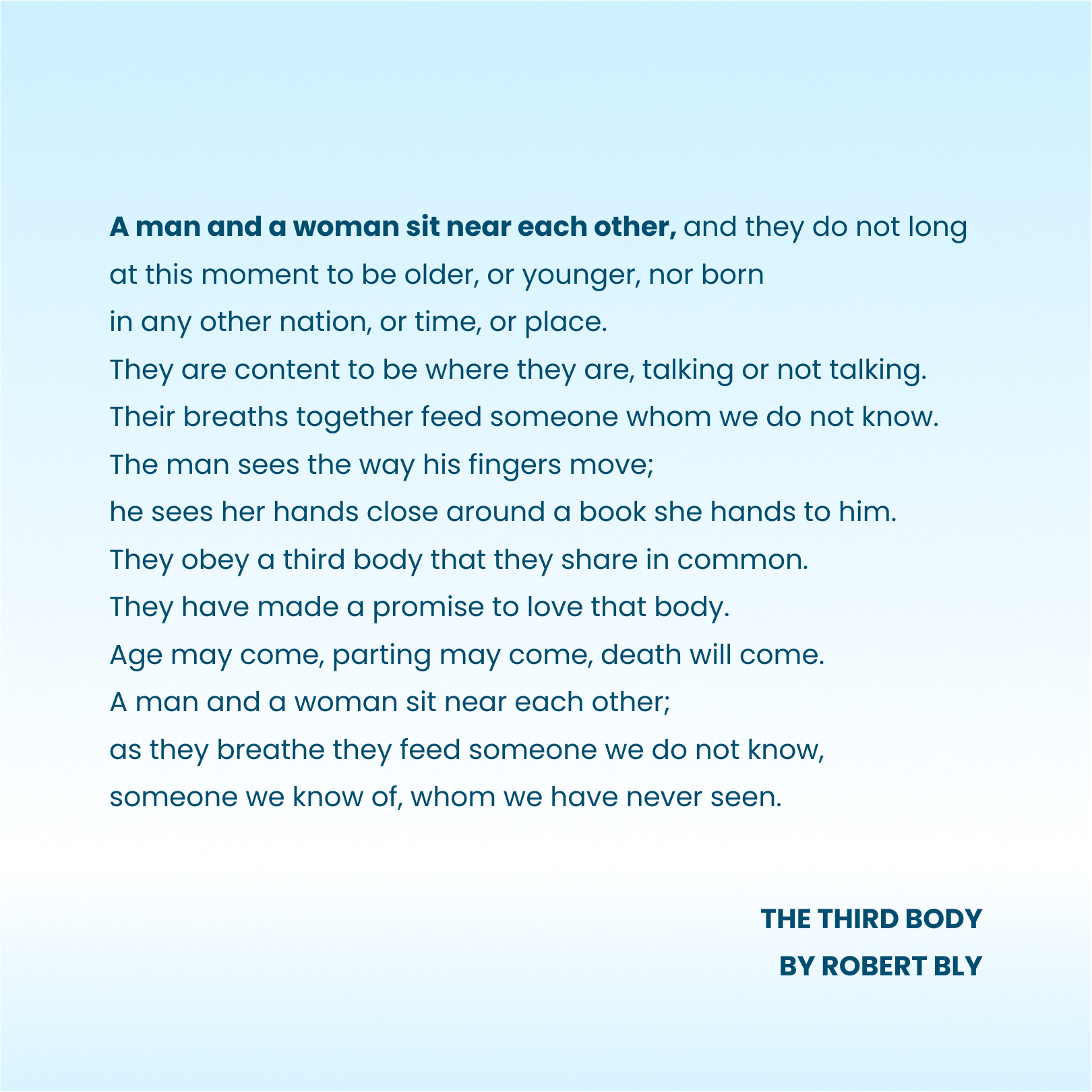
Stay Connected




We often think of a relationship as something we have, like a possession. But what if that’s a limited way to look at it?
The relational paradigm flips this perspective: a relationship isn’t just something you have; it is a living system that also “has” you.

Picture the classic “2 Faces, 1 Vase” illustration. Look at it one way, and you see two faces; look another, and you see a vase. Both views are valid, but you can only focus on one at a time.
Relationships are like this: individuals give shape to their relationship, and in turn, the relationship shapes the individuals. At MetaRelating, we call the vase the relational entity, or sometimes the “we creature.”

The relational paradigm emphasizes five key facets, each one reinforcing the other four.
1. Every relationship has a distinct personality.
Think about a group of friends with their own inside jokes, or a team at work that has its own rhythm and culture. That vibe doesn’t belong to any one person—it emerges from the group. Even a relationship between two people has its own “culture,” which cannot be dictated by either one of them. You can “tune in” to this personality by asking yourself: What is it like to be in this relationship? At the level of a team or organization, you can focus on the group culture by asking: What is it like to be on this team? In this organization? MetaRelating can help you develop this capacity for “relational mindfulness”.
2. Each person experiences the relationship from a unique perspective.
You’ll never see the whole picture of a relationship on your own. You can only see it from your own point of view. That’s why communication matters so much. When you share your experience and listen to how others are experiencing the same relationship, your understanding grows to include more information. MetaRelating puts this into practice with two paired processes: Sharing Your Experience and Getting Their Experience. These conversations help create the shared understanding, or shared reality, that makes requests, expectations, and conflict resolution possible.
3. Relationships grow and change.
Like all living systems, your relationships develop and evolve. The way things “just worked” yesterday might not work for today’s circumstances. You may find that what once felt effortless now feels strained, or that new possibilities are coming to mind. At work, this is true for your one-on-one relationships and for your team as a whole. The ways each of you changes and grows calls on your relationships to adapt. With MetaRelating, you can learn to sense these shifts and figure things out together, to release old patterns that no longer serve and experiment with new ones.
4. Every relationship has creative potential.
Relationships serve our deeply human needs—connection, belonging, understanding. But they also do more: they create. Couples build households, teams develop products, organizations deliver services. You can begin to sense this creative potential by asking, What difference could our relationship make in the world? Or, more simply, What makes this relationship worth the effort? At MetaRelating, we think of the answer in terms of a three-part inclusive purpose—what’s in it for you, for the other person, and for the relationship itself. Orienting this way helps you work through challenges more effectively because it serves something larger than either of you alone. And through this process, the relationship itself begins to create something new.
5. Each person plays roles in a relationship.
Relationships function using roles, much like positions on a sports team, or the characters in a play. These roles aren’t fixed identities but functional contributions. Sometimes they come in pairs, like lead and follow in a couple’s dance, or a quarterback and receiver in a football game. Your team will not complete its work successfully unless someone does each action required. Talking about roles this way makes relationships easier to navigate. It helps keep things practical and depersonalized, especially when there’s tension.
.png)
The relational paradigm is more than a new way to talk about relationships—it’s a new way to participate in them. When things get tense, it can feel natural to focus only on what would benefit you, or perhaps instead what would benefit the other person. The relational paradigm adds a third question: what would help our relationship right now? That shift can change everything.
Our relationships also shape the world around us—sometimes in ways we intend, and other times in ways we don’t. When we see them as living systems with their own life and direction, we can take fuller responsibility for nurturing them, honoring their uniqueness, and supporting their capacity to grow and create.
Recognizing this shift in perspective is one thing; applying it when emotions run high is another.
This shift becomes real in the moments that matter most—when there’s misunderstanding, disagreement, loss of trust, or a breakdown in coordination caused by unclear expectations or broken agreements. You might feel the urge to confront the issue head-on, or alternatively, you may be tempted to avoid conflict altogether and hope it passes.
The relational paradigm invites a pause before reacting, a moment to consider what the relationship itself needs. This inquiry can clarify which issues are worth bringing up and which can be let go. It can guide how to begin a difficult conversation, and when you do speak up, it can help bring it to a satisfying resolution.
Keeping the relational entity in mind doesn’t just help resolve tension—it strengthens the very system that connects you, turning moments of strain into opportunities for growth, trust, and shared understanding.
Roots in a Broader Tradition
The idea of a relationship as its own entity isn’t new. The Center for Right Relationship built this into their Five Principles of Relational Systems Intelligence, which echo the five facets described here.
Family therapy pioneers like Murray Bowen and Virginia Satir, drawing on systems thinkers such as Gregory Bateson and Margaret Mead, showed how families function as systems with feedback loops and reciprocal influence. MetaRelating builds on that tradition, translating these ideas into concrete practices that help modern teams and organizations work—and relate—more effectively.
The Third Body that poet Robert Bly wrote about is the same relational entity at the heart of MetaRelating, an unseen presence that shapes our experience and grows stronger when we choose to nurture it.
